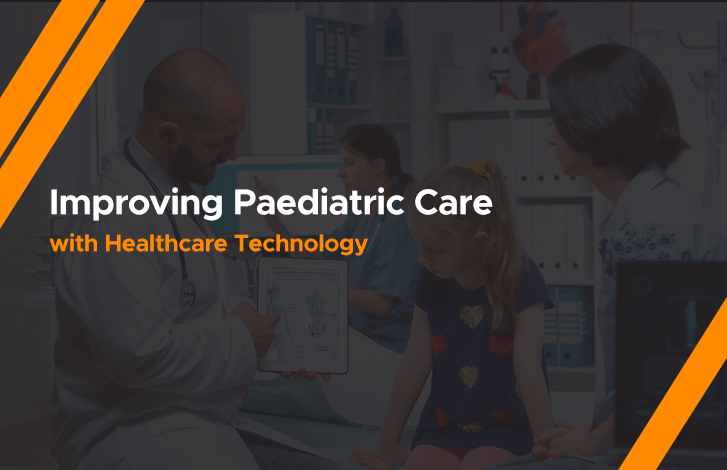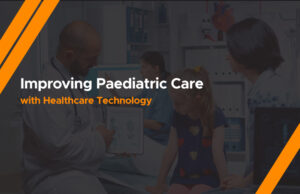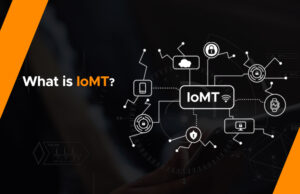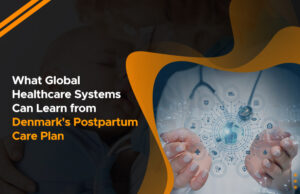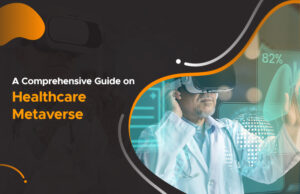Children are the future of our world, and their health and happiness are paramount. However, many children face various challenges and risks, such as chronic diseases, injuries, infections, and developmental disorders. How can we ensure every child receives the best care and support they need to thrive? The answer lies in the power of healthcare technology. Technology has transformed the field of pediatric medicine in many ways, from enabling faster and more accurate diagnosis to facilitating remote and personalized care.
In this editorial, we will explore how technology is rapidly transforming pediatric care and how it’s affecting both patients and healthcare providers.
The Importance of Pediatric Care
Pediatric care refers to the healthcare of children from birth to age 18. It is an essential branch of medicine as it involves treating children for various conditions, from minor illnesses to serious medical issues. Moreover, children’s medical needs are complex as their bodies and minds would still be under development, requiring specialized care and attention.
According to a report by the WHO, in 2020, approximately 5 million children under the age of 5 passed away. Most of these deaths were due to causes that could have been prevented or treated. The main reasons for death among children under five include complications from premature birth, birth asphyxia/trauma, pneumonia, diarrhea, and malaria. These can be avoided or treated with access to affordable health and sanitation interventions.
Technology in Pediatric Care
Advancements in healthcare technology have transformed pediatric care delivery in several ways. Here are some examples of how technology is used in pediatric care:
-
Electronic Medical Records (EMR)
Electronic Medical Records replace traditional bulky paper records that can be hard to maintain. EMRs can be accessed from any location, enabling healthcare providers to efficiently track a child’s medical history, vital signs, test results, and treatment plans. EMRs can help reduce medical errors, improve communication between healthcare providers, and enhance the quality of care provided to children.
-
Telemedicine
Telemedicine involves providing medical care remotely using audio and video conferencing tools. Telemedicine has enabled healthcare providers to reach patients in remote areas where access to healthcare may be limited. Pediatric telemedicine programs can provide specialist consultations, remote monitoring, and support for patients with chronic diseases such as asthma, allergies, diabetes, and mental health disorders.
-
Pediatric-Focused Wearable Technology
Pediatric wearable technology refers to various devices children can wear to track their vital signs, such as heart rate, respiratory rate, and blood pressure. These devices allow healthcare providers to monitor patient’s health data in real time and intervene when necessary. They are useful in identifying symptoms of disease early and managing chronic illnesses. Examples of pediatric-focused wearable technology include pulse oximeters, continuous glucose monitoring devices, and sleep apnea monitors.
-
Point-of-Care Testing
Point-of-care testing involves conducting diagnostic tests at the bedside or clinic, such as blood work. These tests provide healthcare providers with real-time results, which can inform them of the treatment plan and avoid delays in care. Point-of-care tests can also help collect data to track disease trends and outbreaks.
The Benefits of Healthcare Technology in Pediatric Care
Using healthcare technology in pediatric care offers numerous benefits, such as:
-
Faster and More Accurate Diagnosis
Healthcare technology tools such as telemedicine and point-of-care testing enable healthcare providers to diagnose conditions more quickly and accurately. Improved patient satisfaction and enhanced health results are achieved through this approach.
-
Enhanced Communication
EMRs, telemedicine, and other healthcare technology tools significantly affect communication in pediatric care. Healthcare providers can share patient information quickly and easily, collaborate on treatment plans, and provide a higher quality of care through this system.
-
Improved Efficiency
Healthcare technology tools enable providers to work more efficiently and free up time to focus on patient care. Automated processes such as appointment scheduling and prescription refills save time and reduce human error, leading to better health outcomes.
-
Reduced Healthcare Disparities
Healthcare technology can help to reduce disparities in access to healthcare. Telemedicine can provide remote communities access to specialist care that might not be available. Wearable technology can track vital signs and alert healthcare providers to potential issues, allowing timely interventions.
Challenges and Potential Risks
While healthcare technology is transforming pediatric care delivery in numerous ways, it also comes with specific challenges and risks. These include:
-
Cost
Healthcare technology can be expensive, and implementing or updating new systems can be challenging. Moreover, some healthcare providers may not have the budget to invest in new technologies or lack the resources to support and maintain them.
-
Security and Privacy Concerns
Healthcare technology can compromise patient privacy and security if not implemented in compliance with regulatory requirements. EMRs, telemedicine, and other digital technologies are vulnerable to cyber-attacks, data breaches, and hacking.
-
Misdiagnosis or Overtreatment
Technology can never replace the intuition and expertise of healthcare providers. Overreliance on technology can lead to misdiagnosis or overtreatment of conditions that could have been managed more conservatively.
Conclusion
Healthcare technology has the potential to improve pediatric care significantly. Telemedicine, EMRs, wearable technology, and point-of-care testing can increase efficiency, reduce healthcare disparities, enhance communication, and improve patient outcomes.
However, these new technologies come with challenges, including cost, security, privacy concerns, and the potential for misdiagnosis or overtreatment. While these issues should not be ignored, with the right implementation, healthcare technology can transform pediatric care delivery and improve patient outcomes.

